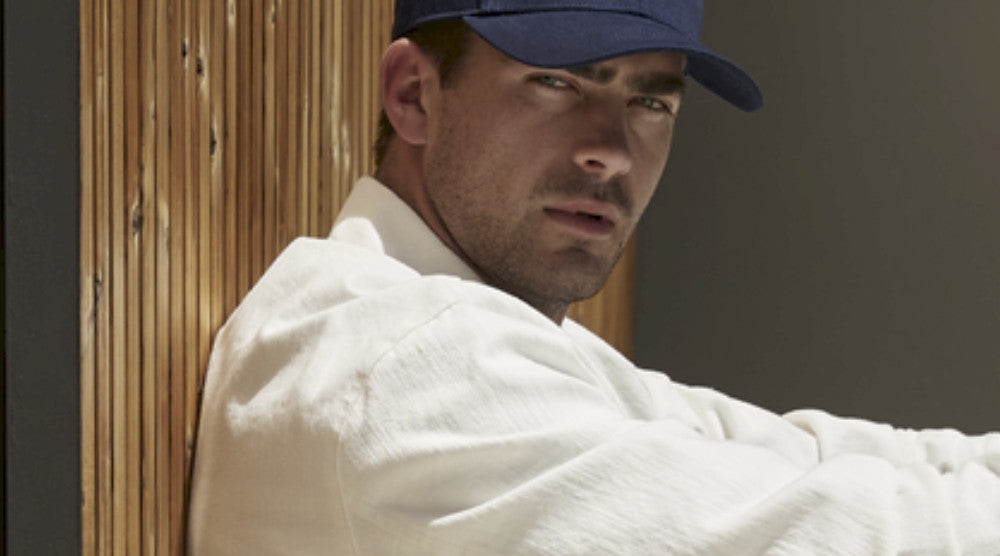Your Cart is Empty
📞 01246 268649 🚚 FREE DELIVERY
Menu

📞 01246 268649 🚚 FREE DELIVERY
Clothing
The Timeless Charm of Caps and Hats
April 17, 2024

The Timeless Charm of Caps and Hats
From the classic fedoras in old Hollywood films to the ubiquitous baseball caps of today, headwear has always been more than just a functional accessory. Caps and hats have a storied history, serving as symbols of status, style, and sometimes rebellion. In this post, we’ll delve into the world of caps and hats, exploring their origins, cultural significance, and how they’ve become an indispensable part of fashion.
A Brief History
Hats have been around for millennia, with the earliest known hat being the Pileus, a simple skullcap worn by the ancient Greeks. Through the ages, hats have evolved to signify various aspects of society, including profession, class, and fashion. The top hat, for example, became a symbol of the 19th-century gentleman, while the bowler hat was associated with the working class in England.
Caps, on the other hand, have a more casual and sporty lineage. The baseball cap, originally part of the baseball uniform, has become a global phenomenon, worn by people of all ages and backgrounds. It’s a symbol of team loyalty, a fashion statement, and sometimes, a simple solution to a bad hair day.
Cultural Significance
Caps and hats go beyond mere fashion; they are deeply ingrained in our culture. The beret is often associated with artists and intellectuals, thanks in part to its adoption by figures like Pablo Picasso and Ernest Hemingway. The cowboy hat evokes the rugged individualism of the American West, while the beanie has become synonymous with youth culture and the skateboarding scene.
Fashion and Functionality
Today, caps and hats are worn for both fashion and functionality. A well-chosen hat can elevate an outfit, add a touch of elegance, or make a bold statement. They can also protect against the elements, whether it’s the sun’s rays, the chill of winter, or a sudden rain shower.
How to Choose the Right One
When selecting a cap or hat, consider the following:
• Face Shape: Different styles complement different face shapes. For example, a wide-brimmed hat can balance a longer face, while a beanie might suit a rounder face better.
• Occasion: Choose a hat that fits the occasion. A baseball cap might be perfect for a casual outing, while a fedora or cloche would be more appropriate for dressier events.
• Personal Style: Your hat should reflect your personal style. Whether you prefer a classic look or something more avant-garde, there’s a hat out there for you.
Conclusion
Caps and hats are more than just headwear; they’re a reflection of our history, culture, and personal style. Whether you’re looking to make a fashion statement, show off your team spirit, or simply keep your head warm, there’s a perfect hat or cap for every occasion and every individual.
